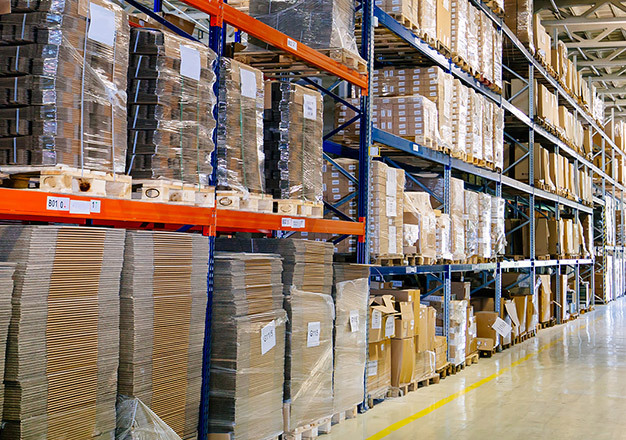The Panama Canal is a crucial passageway for global maritime trade, handling about six percent of all shipments. However, climate change and the El Niño phenomenon have led to low water levels in the canal, forcing authorities to limit the number of ships passing through. This has created a ripple effect in the transportation industry, impacting transit times, freight rates, and overall efficiency.
In response to these challenges, Panama has introduced the Multimodal Dry Canal project. This innovative solution will utilize existing infrastructure such as roads, railways, port facilities, airports, and duty-free zones to create a new “special customs jurisdiction” for moving cargo between the Pacific and Atlantic oceans. This project does not require any additional investment, making it a cost-effective and efficient solution to the current limitations faced by the Panama Canal.
Key Benefits
The dry canal project aims to complement the existing Panama Canal and provide a solution to the problems faced by its users. With only 27 ships navigating the canal each day compared to 39 previously, the need for alternative routes has become increasingly apparent. By offering a new means of transporting cargo across the isthmus, the dry canal project seeks to alleviate the strain on the Panama Canal and improve overall efficiency in maritime trade.
The recent drought issues in the Panama Canal have had a significant impact on the shipping market’s freight rate equation. The limitations imposed by the authorities have led to increased transit times and higher winning bids for canal transits. These challenges have underscored the need for alternative routes and solutions to ensure the smooth flow of maritime trade in the region.
The dry canal project presents a promising solution to the current limitations faced by the Panama Canal. By utilizing existing infrastructure and creating a new customs jurisdiction for cargo transport, this project has the potential to enhance efficiency, reduce transit times, and alleviate the strain on the Panama Canal. As one of the world’s most vital intercontinental waterways, the Panama Canal plays a crucial role in facilitating global trade, and the implementation of the dry canal project is a step towards ensuring its continued success in the face of climate change and other challenges.
#WSLProTips
At White Star Logistics, we understand the importance of identifying potential causes of delays and finding ways to mitigate them. Our commitment to our partners who trust our services is our driving force. We will continue to keep our audience informed of any updates related to the Panama Canal or any other situation that could affect their shipments. The introduction of the Multimodal Dry Canal project is a promising step towards improving efficiency and ensuring the smooth flow of maritime trade in the region. As challenges arise, we remain dedicated to finding solutions to support our partners and keep their shipments moving seamlessly.





